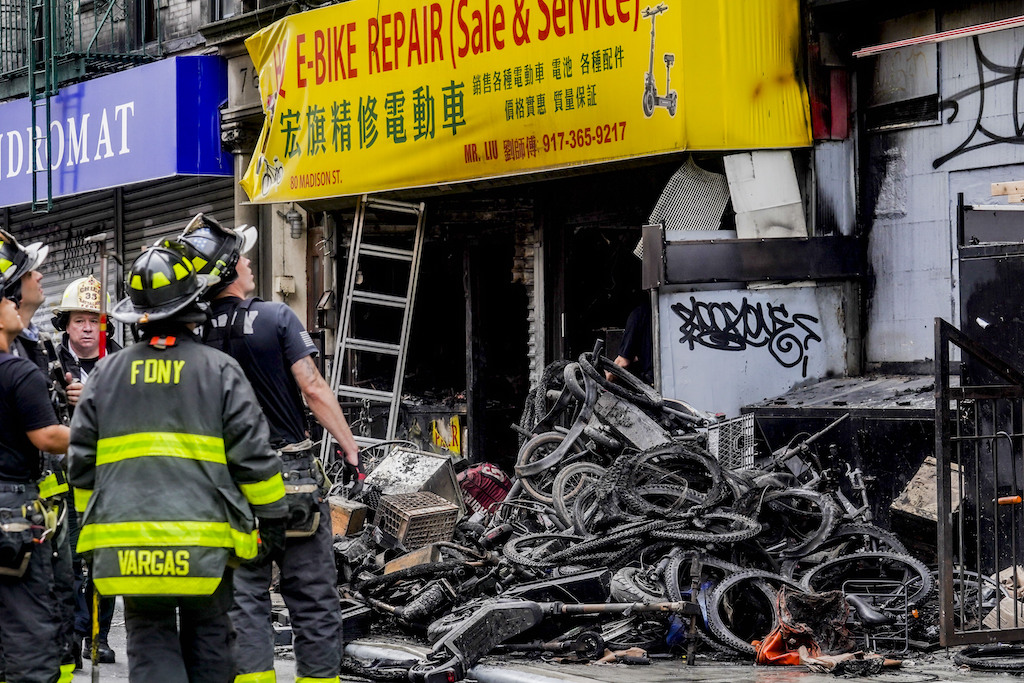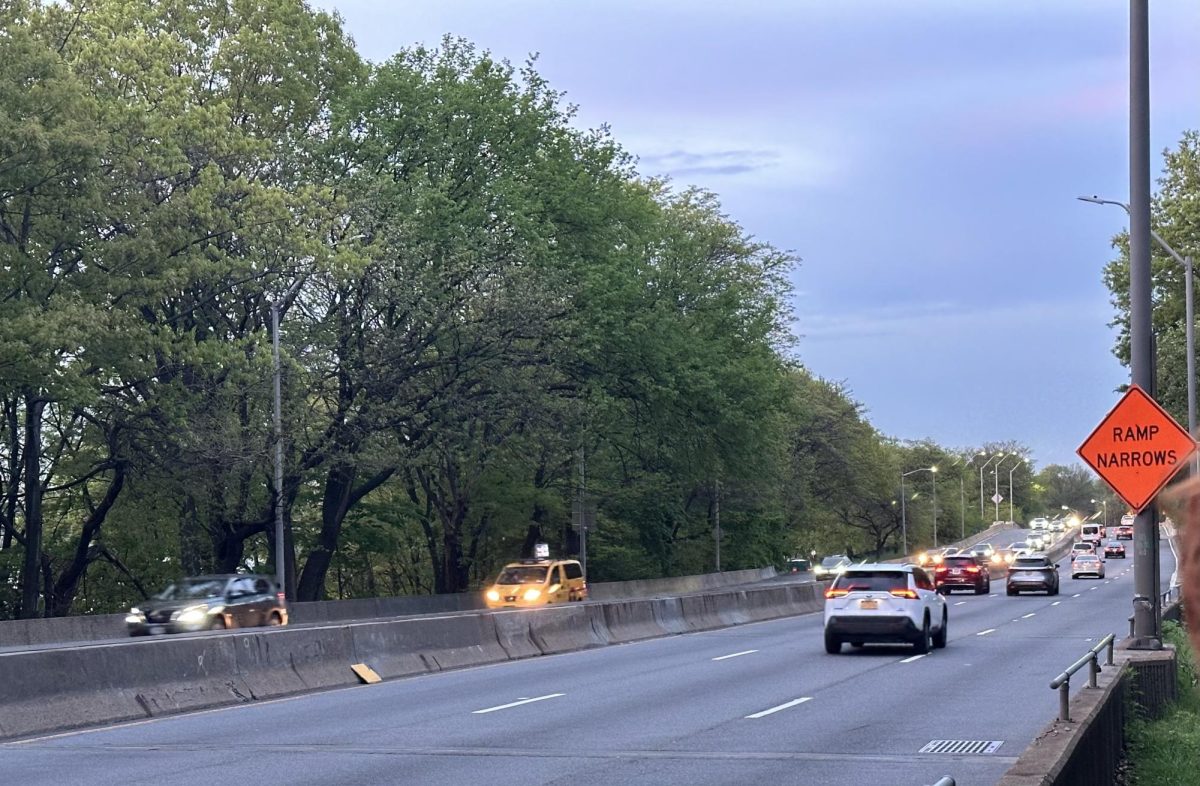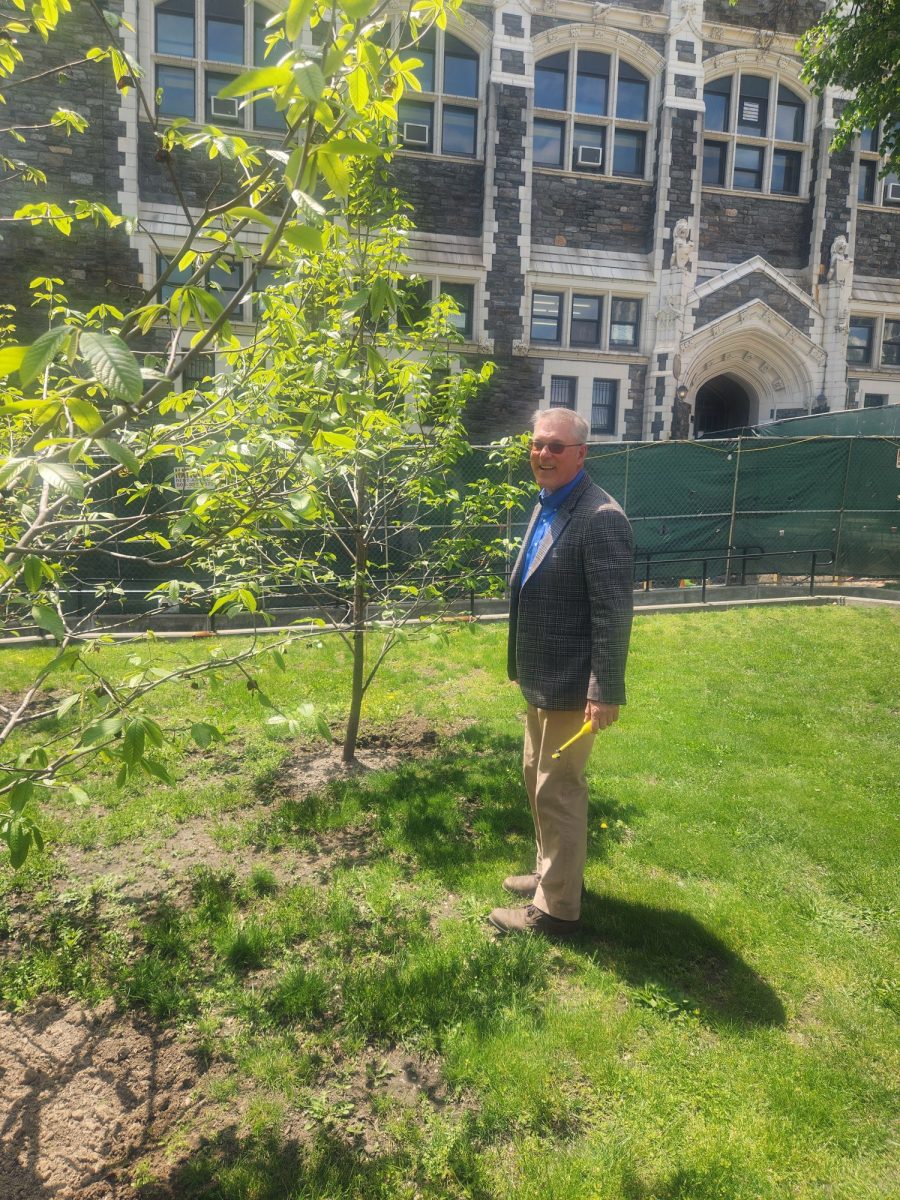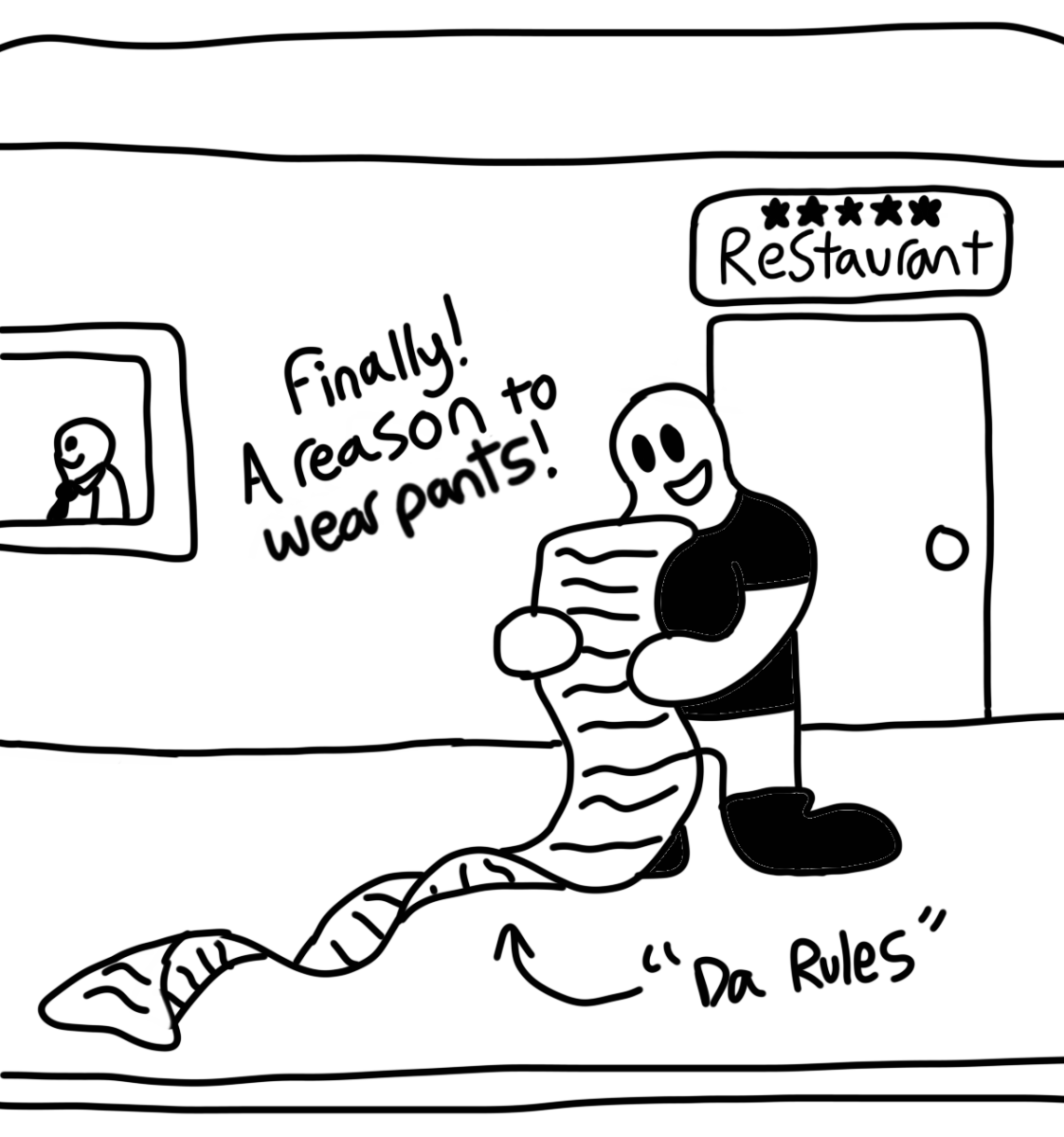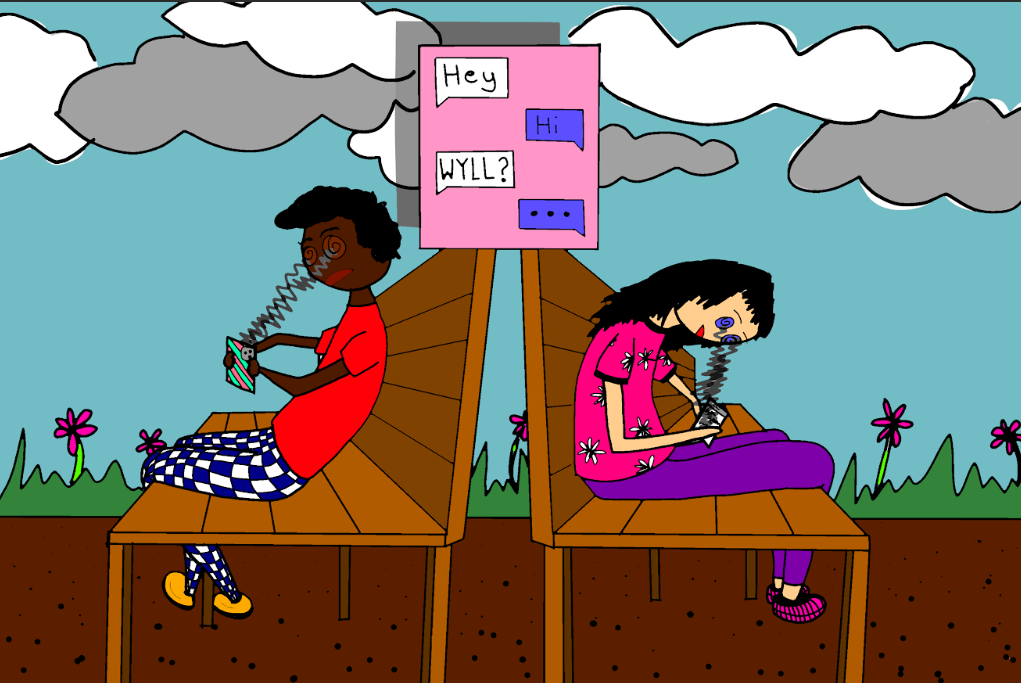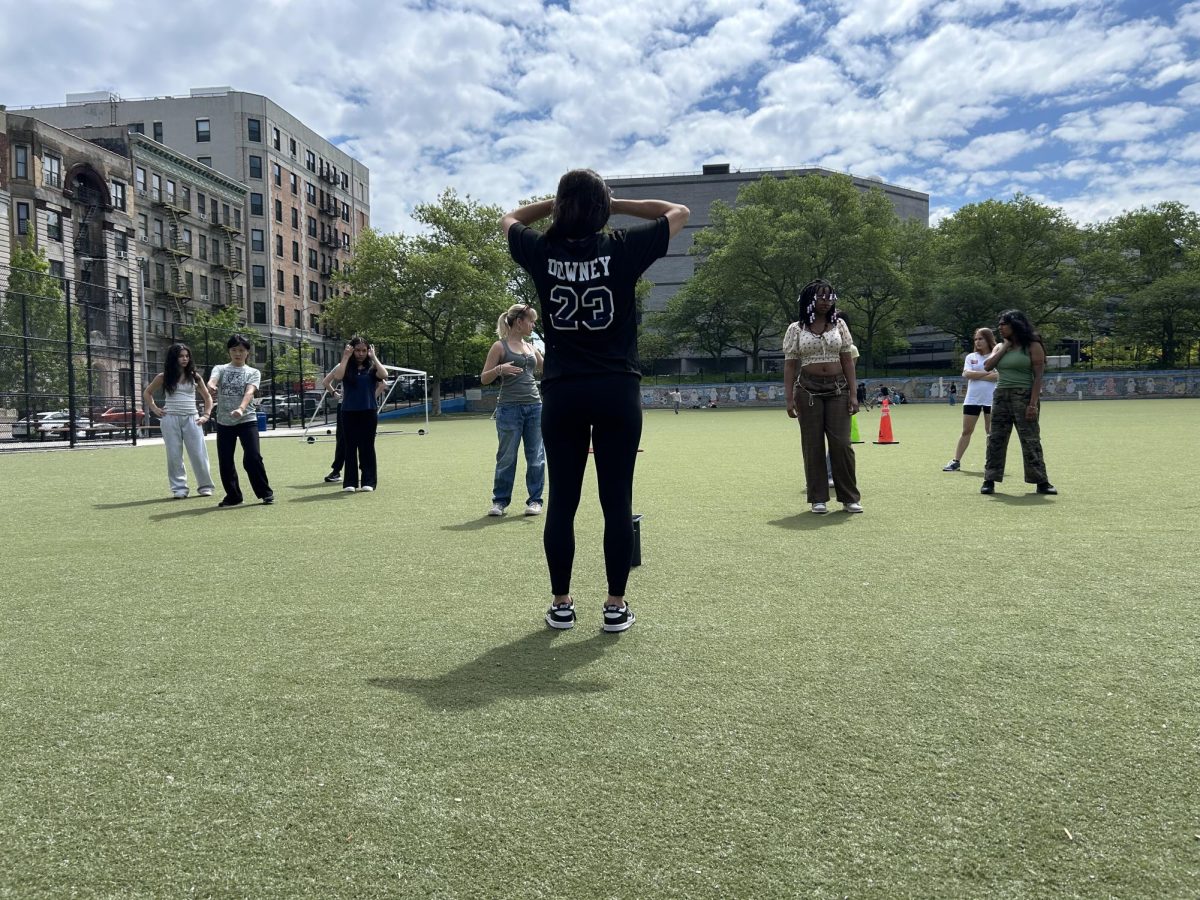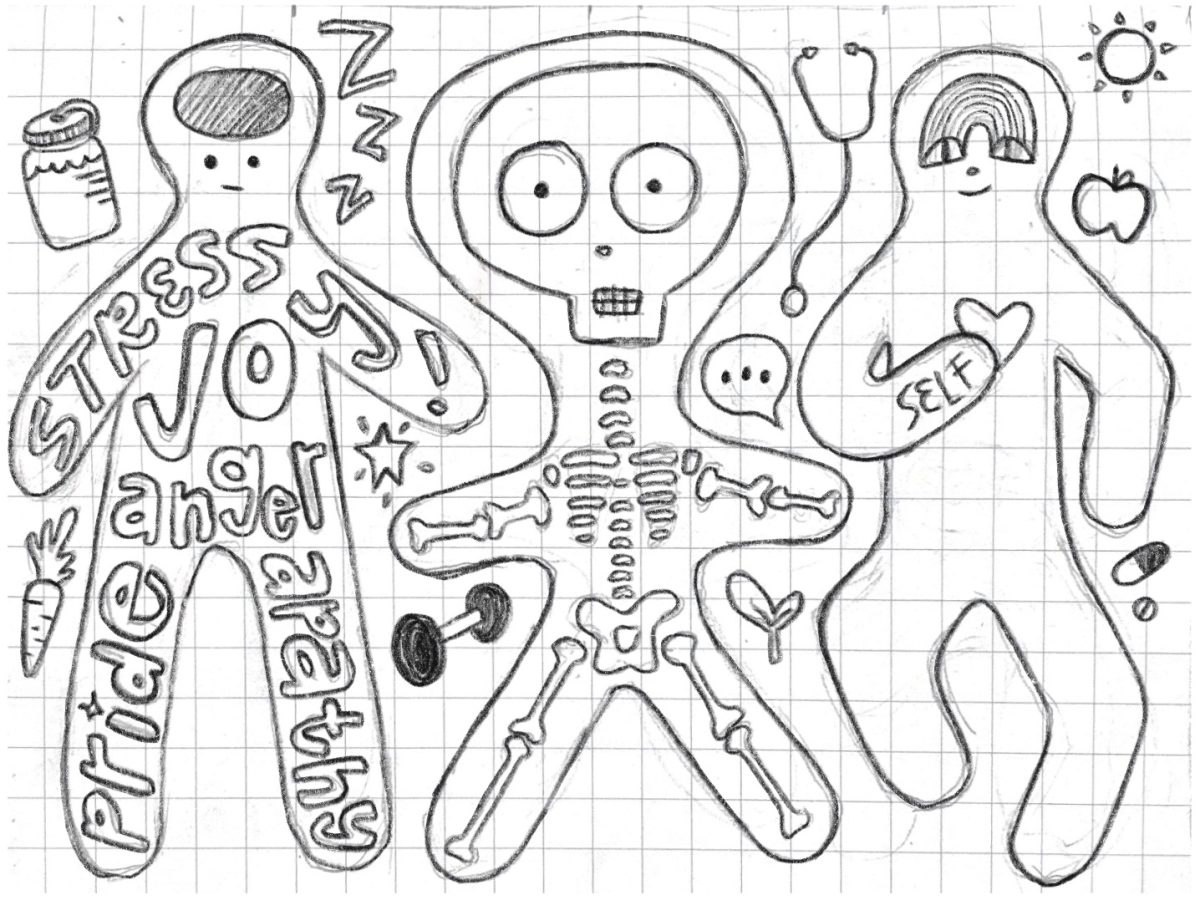Health education is one of the most important subjects in school curricula; information about safe sex and nutritional eating is pivotal to our survival. In spite of this, the Trump administration is attempting to shut down the ED (Department of Education, sometimes known as the DOE), which regulates health education on a federal level, along with many federally funded institutions which perform health research. While the system as it stands is not flawless, it is vital that we protect our access to accurate information about sex, drugs, nutrition, and mental health in our schools.
SHAPE America (Society of Health and Physical Educators) sets the federal standards for K–12 health and physical education, but it is up to individual states and cities to create specific curricula. The standards set by SHAPE are loose, allowing states freedom to interpret. They consist of eight general concepts, for example, “Use a goal-setting process to support health and well-being of self and others.” Each concept contains a list of goals for each grade level that build on each other. Beyond these goals, individual states and districts decide what specific skills and information must be taught, but many of these requirements are similarly vague. Teachers and school administrators can typically decide the specific methods used to teach students, including how they measure student achievement.
In New York, high schoolers must have a total of 54 hours of health education in order to graduate. Specific requirements include learning about development and identity; disease prevention, particularly when it comes to HIV and AIDS; and how to create a safe environment, such as by preventing bullying. Erin’s Law, which is used by 38 states (including New York), mandates classes on sexual abuse and exploitation prevention, which inform students about consent and how to stay safe. All NYC high schools must also provide students with free condoms and health referrals upon request.
Health education is not always perfect. In New York, teachers who teach health classes are required to receive a New York teaching certification. There are no renewal requirements for this certification, despite health being a rapidly evolving field. As a result, students sometimes receive health education from outdated curricula with information that is no longer medically accepted. I’ve had teachers at various schools make inaccurate statements about weight, tell me that girls’ voices don’t break, and tell me that “cisgender” and “heterosexual” mean the same thing. This is not the fault of individual teachers or schools, but it does indicate that the system may need reform so that the information remains up to date. Personally, I think ensuring teachers receive training on the most recent information is necessary to ensure utmost sensitivity.
This is not to say that I’m not grateful for the incredibly important things I’ve learned in my health classes. Jayden Cedano (’25) said that health education is necessary “so that [students have] at least some standardized knowledge on drugs and health and have accurate, real-life [information] that is very easy to miss before entering the ‘real world.’” Issues of consent, diversity, drug awareness, and nutrition need to be taught, which is precisely why I’m advocating for them to be taught with the utmost accuracy.
Recent efforts by the Trump administration are working towards the opposite goal. His executive order, “Ending Radical Indoctrination in K–12 Schooling,” attempts to remove protections for transgender students in school. Educators are no longer permitted to discuss “gender ideology” with students—which includes referring to trans students by their correct names and pronouns—but it is impossible to teach health education without covering the diversity of human bodies and minds. President Trump also demands that educators do not teach students about “critical race theory,” unconscious bias, or societal privilege. In addition, the Trump administration has taken down many official websites centered around diversity, COVID-19, HIV, queerness, and other important health issues. Some websites have been reinstated with disclaimers stating that their information is inaccurate.
His administration is also attempting to shut down the federal ED. On March 20, he signed an executive order, “Improving Education Outcomes by Empowering Parents, States, and Communities,” which stated that he will be closing down the department completely. He is beginning the process by consolidating many of its departments, firing employees, and cutting funding; it was announced on March 11 that the administration intends to fire more than 1,300 ED workers—around 40% of its employees.
While they are still active, the U.S. ED does not control much of the specific information taught in schools; that is decided by the states. The federal ED sets some baseline requirements—such as those determined by SHAPE—but it primarily distributes aid for low-income and disabled students and enforces anti-discrimination laws. The ED’s budget is also less than 2% of the total U.S. federal budget. Only about 14% of individual public school budgets comes from the ED, meaning most K–12 schools would survive the loss of funding if Trump managed to shut it down, but public education would become much more inaccessible to those protected by the ED. Shutting down the ED would also mean the removal of the small bit of oversight that the federal government has had for state curricula; in theory, a state could set any requirements they please, including abstinence-only education or no health education at all.
In a letter sent out to district EDs on April 3, President Trump threatened to remove their federal funding if they did not sign a certification within ten days stating they would shut down all DEI programs in compliance with Title VI. He later postponed the deadline to April 24. As of April 18, 16 states have agreed and 16 states—including New York—have declined. His letter has been criticized for its lack of clarity and validity; New York Counsel and Deputy Commissioner Daniel Morton-Bentley stated, “[While the] U.S. DOE has yet to define what practices it believes violate Title VI [which prohibits racial discrimination] … [they are] entitled to make whatever policy pronouncements it wants—but cannot conflate policy with law.”
It is unlikely that the federal ED will successfully be shut down. President Trump would need congressional approval and likely a Senate supermajority (60–40), but Republicans only have a 53–47 majority.
The Trump administration is not only targeting our educational institutions, but also our medical institutions. On April 1, 2025, the Trump administration began its plan to lay off 10,000 staffers under the U.S. Department of Health and Human Services (HHS), including those at the CDC, NIH, and FDA. Combined with other recent cuts, the staff will be reduced from 82,000 to 62,000—firing nearly 25% of the department. The layoffs will also come with a significant reduction in departments at the HHS—28 divisions will be consolidated into 15. These cuts have already impacted several departments: Over 3,500 people have already lost their jobs at the FDA alone, along with 2,400 at the CDC, 1,200 at the NIH, and many people at smaller agencies. Dr. Alish Jha—former President Biden’s COVID-19 Response Coordinator and the current dean of Brown University’s School of Public Health—stated, “We rely on our CDC for things like tracking down disease outbreaks. We rely on NIH for research into new treatments and tests and vaccines … I’m worried that [we’re going to see] more people getting sick, more disease outbreaks, and infrastructure that is going to be less and less capable of responding to those threats.” While this does not directly involve health curricula, it shows a clear disregard for the safety of our nation, and creates an even greater need for a population that is aware of how to keep themselves and others safe. In this trying time, students without a proper health education are in much more danger.
There has been pushback to the Trump administration’s decisions, however. Many medical professionals such as Dr. Jha denounce their actions, citing them as deadly for the American population. Additionally, a coalition of 23 states and Washington, D.C. sued Robert F. Kennedy Jr., secretary of the HHS, on April 1 for his negligent decision to cut $11 billion in public health grants, mostly from COVID-19 vaccination and testing. The attorneys argued that these grants were “abruptly and arbitrarily terminated” on March 24, despite previously agreed-upon end dates for the grants set by the Biden administration. New York Attorney General Letitia James said, “Slashing this funding now will reverse our progress on the opioid crisis, throw our mental health systems into chaos, and leave hospitals struggling to care for patients.” Judge Mary McElroy agreed to block the $11 billion cuts on April 3, but the ruling is only temporary, and the Trump administration will continue to make efforts to remove funding and employment from the HHS.
In 2017, 92% of American public high school students who had taken a health class believed it was necessary for their future health. A comprehensive sex education leads to decreased risks of STIs and unplanned pregnancies in teens. A lack of sexual education perpetuates the stigma surrounding sexual conversations, which creates shame and confusion, even later in life. It also leads to decreased awareness around intimate partner violence, which can cause children to be unaware when they are at risk. Abstinence-only education has the same effects as a lack of sexual education, and it does not decrease the likelihood that a young person will become sexually active. The CDC’s laboratory on STDs, one of the world’s leading STD labs, was completely shut down with no explanation from the HHS. These cuts—along with cuts to Planned Parenthood—make the American population, especially young people, more susceptible to STDs and accidental pregnancy.
Additionally, the Trump administration fired over 800 employees from the FDA’s Center for Drug Evaluation and Research, stripping Americans of their knowledge about future medicines and drugs. Receiving a drug education does not increase the probability of a young person using dangerous substances; rather, it is the opposite. Over 80% of participants in a study by American Addiction Centers said that their drug education made them want to avoid drugs somewhat or completely. Other studies found that a comprehensive drug education led students to become more aware of substance-use disorders and increased their comfort levels around people struggling with addiction: an already persecuted, at-risk population.
With a proper nutritional education, students were found to develop healthy eating habits early on, which leads to improved cognitive development and quality of life—so much that there is a significant improvement in test scores as early as elementary school. The massive cuts to the FDA will likely result in fewer food inspections, especially on imported goods, as they work to re-prioritize with fewer employees. If people know what to look out for and how to eat nutritiously, they can stay healthy despite the increasing food safety risks.
Mental health is an often-overlooked aspect of health education; I had a health teacher who completely skipped it due to a lack of time. Students who received a mental health education were more likely to actively seek professional help when necessary. They also showed less discomfort around discussing struggles with mental health, whether those struggles were their own or someone else’s. Such conversations are massively important steps when struggling mentally. As stigma around mental health decreases, the amount of people receiving help grows to reflect that change; the number of Americans receiving mental health treatment increased from 19% to 22% between 2019 and 2021. Simply having the resources available is not enough: Students need to understand the importance of mental health—both for their benefit and the benefit of those around them.
Students should be able to trust that information they learn in the classroom is accurate and extensive. Our educational spaces should be judgement-free zones where questions can be asked, people can explore their identities, and students can learn how to be sensitive about issues of addiction, weight, and mental health. It is imperative that we continue to push for a health curriculum more reflective of our current understanding of the world, especially when our sources of reliable information are at risk.






